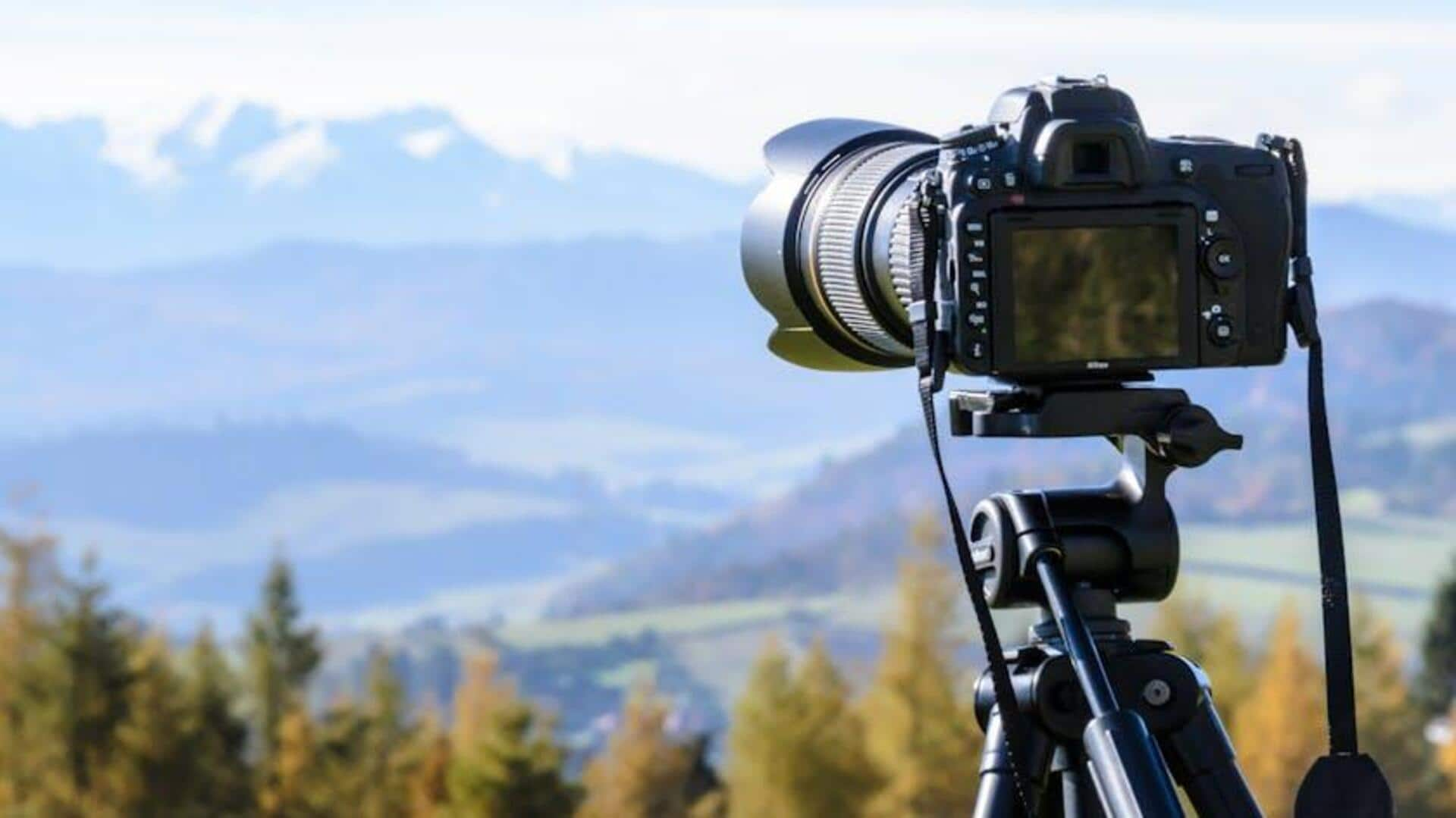
Tips to master African architectural photography
What's the story
Mastering African architectural photography is more than just clicking pretty buildings; it's about portraying structures that tell stories of cultural heritage, innovation, and harmony with nature. This article offers expert-level tips, concentrating on techniques and considerations specific to Africa's diverse architectural landscapes. It highlights the importance of comprehending historical contexts, harnessing natural light, emphasizing textures, including human elements, and adhering to cultural sensitivities.
History
Understand the historical context
Before you shoot, study the history of African architecture. Every building holds cultural weight, some with histories reaching back hundreds of years. Grasping these narratives adds depth to your photos, ensuring you capture stories, not mere images. This understanding is gained through research, museum visits, or even conversations with historians.
Lighting
Embrace natural light
African architecture frequently features elements specifically designed to harmonize with the natural environment, including the play of light and shadow. To photograph these buildings most effectively, be mindful of how light interacts with structures at different times of day. Early morning and late afternoon, often referred to as the "golden hours" for photographers, provide softer light that can emphasize textures and create dramatic shadows.
Details
Focus on details and textures
While wide shots are necessary to grasp the magnitude and setting of architectural masterpieces, the magic often lies in the details. Textures and patterns are integral to African architecture, serving as silent storytellers. Focusing on these details can provide insights into the materials employed, the craftsmanship involved, and the cultural narratives woven into the fabric of the structures. These elements might otherwise be overlooked in more expansive perspectives.
Interaction
Incorporate human elements
Adding people to your architectural photography can infuse your images with a dynamic layer of life and context. It demonstrates how spaces are used and experienced daily, and it can also provide a sense of scale. Photographing moments where individuals interact with or move past architectural features adds energy to your images. It also highlights the connection between humans and the structures they create.
Sensitivity
Respect cultural sensitivities
When photographing in unfamiliar cultures, particularly in communities with strong traditions or sensitivities around photography, it's important to be respectful and sensitive. Always seek permission before photographing individuals or private properties. Respecting local customs can help you avoid misunderstandings and also foster deeper connections with communities who may offer unique insights into their architectural history.